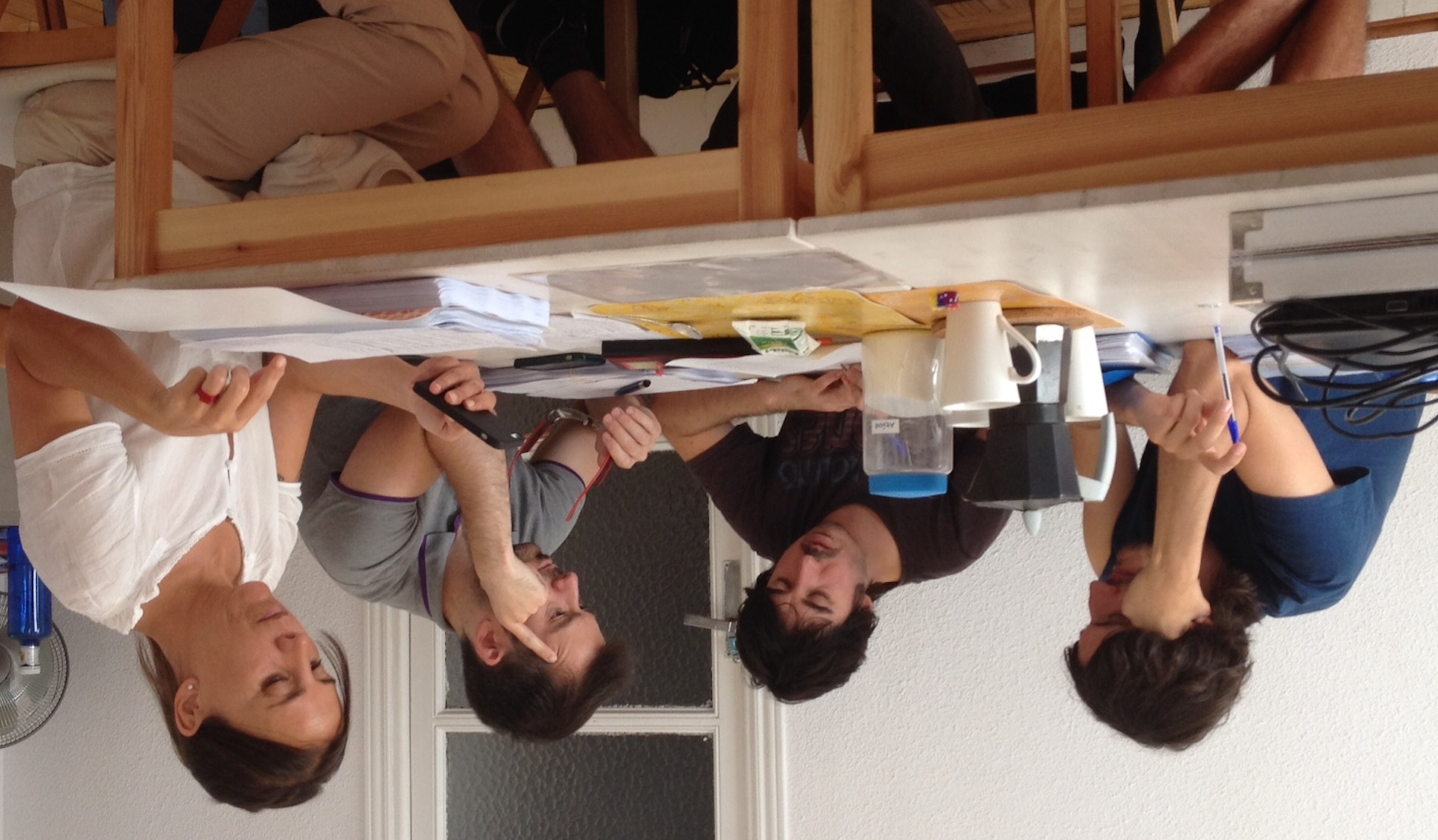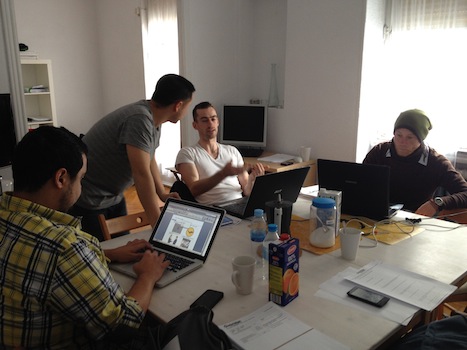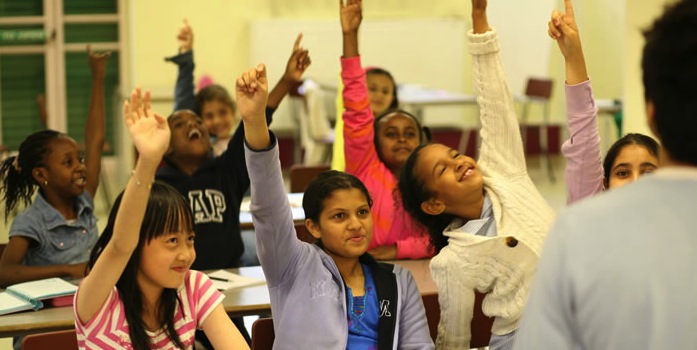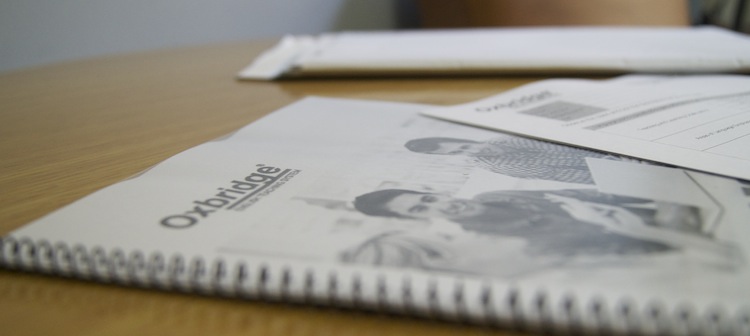https://youtu.be/Juih6pY2DoY
With the help of
Dario Nardi and the
AILHD we will consider what Gardner´s multiple intelligences theory entails and consider how it applies to the ESL environment.
Linguistic intelligence is the ability to think in words and to use language to express and appreciate complex meanings. Linguistic intelligence allows us to understand the order and meaning of words and to apply meta-linguistic skills to reflect on our use of language. Young adults with this kind of intelligence enjoy writing, reading, telling stories or doing crossword puzzles.
Good for: Explaining new language, describing synonyms/antonyms, understanding new words through a given context.
Activities: Role-plays, discussions, interviews.
Bodily kinesthetic intelligence is the capacity to manipulate objects and use a variety of physical skills. This intelligence also involves a sense of timing and the perfection of skills through mind-body union.
Good for: Body expression and non-verbal communication to introduce new language.
Activities: Gestures to introduce new words, Charades, Simon Says.
Intra-personal intelligence is the capacity to understand oneself and one’s thoughts and feelings, and to use such knowledge in planning and directioning one’s life. Intra-personal intelligence involves not only an appreciation of the self, but also of the human condition.
Good for: Self-awareness, reflection.
Activities: Writing diaries, likes & dislikes lists, "show and tell".
Interpersonal intelligence is the ability to understand and interact effectively with others. It involves effective verbal and nonverbal communication, the ability to note distinctions among others, sensitivity to the moods and temperaments of others, and the ability to entertain multiple perspectives. Young adults with this kind of intelligence are leaders among their peers, are good at communicating, and seem to understand others’ feelings and motives.
Good for: Group work,exchanging ideas, discussions.
Activities: Pair work, tasks.
Spatial intelligence is the ability to think in three dimensions. Core capacities include mental imagery, spatial reasoning, image manipulation, graphic and artistic skills, and an active imagination. Young adults with this kind of intelligence may be fascinated with mazes or jigsaw puzzles, or spend free time drawing or daydreaming.
Good for: Understanding through audio-visual materials, graphs, charts, plans, mind maps.
Activities: Describing statics from graphs, describing words through drawing, flashcards.
Musical intelligence is the capacity to discern pitch, rhythm, timbre, and tone. This intelligence enables us to recognize, create, reproduce, and reflect on music. Young adults with this kind of intelligence are usually singing or drumming to themselves. They are usually quite aware of sounds others may miss.
Good for: Pronunciation, intonation, rhymes.
Activities: Songs, reciting poetry.
Logical-mathematical intelligence is the ability to calculate, quantify, consider propositions and hypotheses, and carry out complete mathematical operations. It enables us to perceive relationships and connections and to use abstract, symbolic thought; sequential reasoning skills; and inductive and deductive thinking patterns. Young adults with lots of logical intelligence are interested in patterns, categories, and relationships. They are drawn to arithmetic problems, strategy games and experiments.
Good for: Identifying patterns in grammar, understanding language structures, applying rules.
Activities: Sentence transformation, phrase-building, grammar drills.
Designates the human ability to discriminate among living things (plants, animals) as well as sensitivity to other features of the natural world (clouds, rock configurations). It is also speculated that much of our consumer society exploits the naturalist intelligences, which can be mobilized in the discrimination among cars, sneakers, kinds of makeup, and the like.
Good for: Learning from out-of-the-classroom experiences, , using senses & biology.
Activities: field trips, playing relaxing nature sounds in the background, collecting things from nature.
It´s important to remember that yes, the multiple intelligences theory was spearheaded by Prof. Gardner, but over the years
other possible extensions to this theory has been considered. For example, in the following image you will see
existential intelligence making it´s appearance.

Based on what we have done with the other types of intelligences, take a moment and consider (1) if this type of intelligence should be included in the multiple intelligences theory and (2) if so, which how it could be incorporated in the ESL classroom. Better yet, look at what Prof. Gardner had to say back in the day about intelligences before you come to your own conclusions.
https://youtu.be/l2QtSbP4FRg
Even though the multiple intelligences theory has received both great praise and criticism, other people´s opinions should not detract the value of this powerful tool. Think of it not as a one-dimensional lense, but rather a kaleidoscope to approach what you are teaching. Look at it as an opportunity to see what language learning is like through your students´ eyes – don´t see each category as a specific intelligence, but rather as a certain knack the student might have. By doing this you might get more perspective on how you present language aquisition. Once you have done this you will be able to devlve further into
ESL activities using the multiple intelligences theory.










